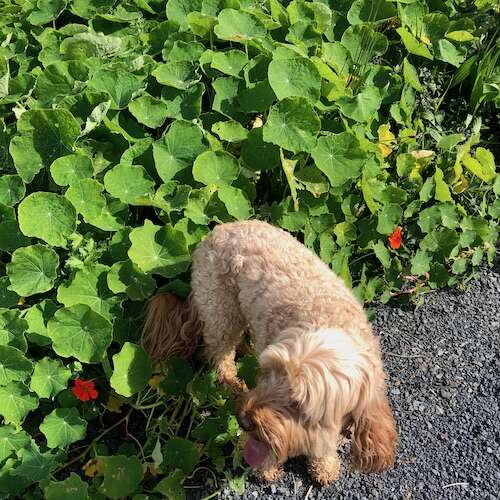Nasturtiums: Colourful, Edible, and a Good Companion, Too
Posted on August 24 2021
I love this misunderstood plant; the large green leaves remind me of a water lily and the vibrant flowers brighten up any garden while being a good companion for vegetables such as Cabbage, Cucumber, Cauliflower, Potatoes, Brussel Sprouts, and Radish.
Orange Nasturtiums help deter aphids, striped pumpkin beetles, and squash bug, but watch out for the yellow ones as they tend to do the opposite: attract the beetles. Plant orange flowers close to your veges and yellow further away.
Nasturtiums do have a tendency to grow abundantly, so keep an eye on them if you are putting them in your garden. If they start to get out of control, just break off any unruly tentacles that are headed in the wrong direction and pull the roots out of the ground - they are very shallow so it’s pretty easy to pull them out and stop them taking over.
As good as they are for your garden, they’re also good for you. Nasturtiums contain Iron, Vitamin C, and Antioxidants to fight free radicals, they are also anti-bacterial, and have antimicrobial and antibiotic properties, so if you feel a cold is coming on eat a few flowers (but not if you're breastfeeding or pregnant).
You can use them in salads; their peppery flavour will add a colourful zing, and you can pickle the seeds/buds in white wine vinegar, salt and spices and use them like capers (although they do not taste like capers!) The leaves can also be made into pesto, try this recipe that uses nutritional yeast.
For how to grow nasturtiums click here.


